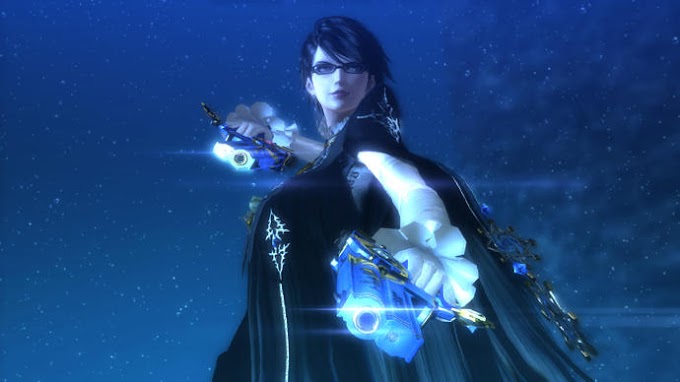In all the excitement around the Switch's first year, it's been easy to lose sight of what's been lost now that Nintendo has effectively brought its handheld and homebound hardware together. Handheld gaming, Nintendo-style, was never just about being able to take your games anywhere with you; it's about a subtly different philosophy of design, and a subtly different flavour of gaming.
You see that in so many Game Boy classics, and you most definitely find it throughout Nintendo's DS line that the Switch effectively killed off (although Nintendo maintains it lives on, it's absent from the company's E3 show this year - which should offer some hint as to where the truth really lies). These were eccentric machines, and eccentric machines make for eccentric games.
None more so, I reckon, than the work of indieszero, a developer that's been making games for Nintendo since the days of the Super Famicom's Satellaview. You might not know the name, but you'll surely know offbeat treats such as Electroplankton, Retro Game Challenge and the Theatrhythm series. Sushi Striker, indieszero's latest, feels very much a part of that curious gaggle; it's another eccentric game, hardwired for Nintendo's handhelds.

From first contact, it's about seeking down plates of the same colour as they scroll across your own three lanes. Oh, and all the time you're facing off against someone else doing the same, while you both have a shared lane you can pool from, the two of you piling up plates which can then be flung at your opponent in order to deal damage, the damage they deal stacking depending on combinations of colour. And on that shared lane, you might get power ups unlockable once you've chained a certain amount of plates together that could, for example, freeze your opponent. And all the while, you'll want to factor what type of sushi is on what plate, after all, seeing as there are different benefits to different types.
It's just seven seconds you're given to perform a combo, but Sushi Striker squeezes a lot into those seven seconds. Its match-ups are almost as fast, an encounter never really lasting much longer than a couple of minutes (good job there are over 200 of them, then, in Sushi Striker's fairly lengthy campaign), and the quickfire action each match contains feels exquisite. Touchscreen control is possible when playing the Switch in portable mode, although traditional controls acquit themselves just as well. There's a sweet tactility in swiping plates together then slinging stacks of them at your opponent, and I don't think I've played a puzzle game that's so purely satisfying in its action since Sega's Baku Baku Animal.
Sushi Striker is a very Nintendo game, though, in how it takes one simple concept and explores it to its very limit, spinning it off in surprising directions. You'll see that spread out across the campaign, or distilled in one of the puzzle matches that ask you to clear a field of plates in five clean moves. You'll see it in the incredible lateral depth that Sushi Strikers has; where you're showered with XP and perks and have gear to collect (a literal gear, it turns out, seeing as it's the one that powers your sushi belts), and where Sushi Sprites that lend you different power-ups can be collected, levelled and swapped in and out of your line-up.
It's very Nintendo, too, in how it lavishes that simple concept with lush production values. There's an entire anime nestled within; told in sweet but eminently skippable cutscenes, they do at least contribute to the winningly upbeat vibe of sushi striker (there's also a theme song which is definitely worth not skipping - I sit through it every time I boot up the game, and I'm not bored of it yet)

The pricing and packaging also seem slightly out of joint, though you can blame that perception on the shifting landscape of the past ten years - a shift that the DS itself precipitated as it made touchscreen gaming viable before it was ushered into the mainstream on iOS. Sushi Striker, with its quick burst play and snappy touch controls, is one game that's arguably better suited to a handset, and when placed in a box and put on a shelf it stands out as something of an anomaly. Just let it serve as a reminder, too, of a brand of gaming that might well have passed now that Nintendo's found another path to tread.





0 Comments